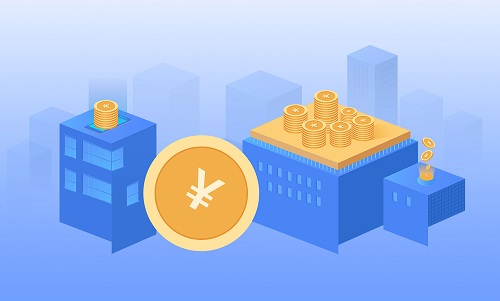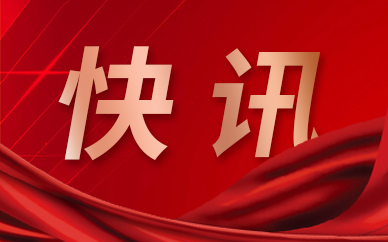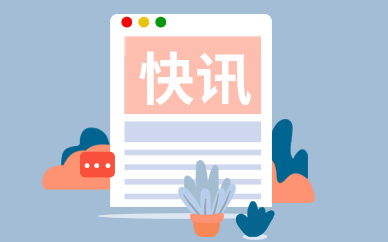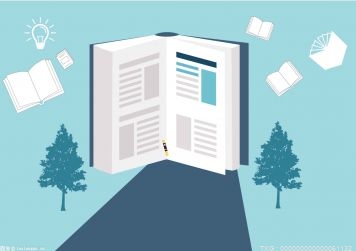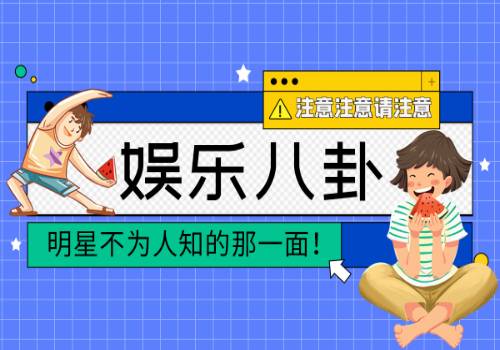 (资料图)
(资料图)
Image Source : China Visual
BEIJING, January 28 (TMTPOST) —— China"s seven-day Spring Festival holiday ended on Friday, and more than 225 million trips were made during the week-long holiday between January 21 and 27, according to data released by the State Council.
Passenger flow started to climb daily from January 22 and exceeded 43 million on January 26. During the holiday, the national railways, highways, waterways, and civil aviation sent a total of 50.92 million passengers, a year-on-year increase of 16.9 percent, 46.7 percent lower than the same period in 2019, and 83.1 percent higher than the same period in 2022. The passenger flow of railway, civil aviation, and highway peaked on January 27 since the Spring Festival travel rush.
Among them, the return passenger flow peaked on January 26 and 27 with over 10 million visitors.
The flow of highways nationwide was 62.592 million vehicles in total, a year-on-year increase of 29.7 percent.
From January 21 to January 27, a total of 50.174 million passengers were transported by railways. On January 27, 12.185 million passengers were sent, the highest since the Spring Festival travel rush, 3.6 percent lower than the same period in 2019, and 34.6 percent higher than the same period in 2022.
In the civil aviation sector, 9 million passengers were transported during the seven days, up 79.8 percent from the same period of the 2022 Spring Festival.
The Spring Festival travel rush in China, also known as "chunyun," started on January 7 and will last until February 15 this year. During this period, many Chinese people travel back home to reunite with their loved ones for the Spring Festival, also known as Chinese Lunar New Year, which falls on January 22 this year. The family reunion is the most important cultural tradition of the Chinese Lunar New Year.
Major cities in China, such as Guangzhou, Shenzhen, Chongqing, Beijing, and Kunming, saw strong rebounds in tourist arrivals during the week-long holiday as pent-up demand was unleashed after China removed COVID-19 restrictions.





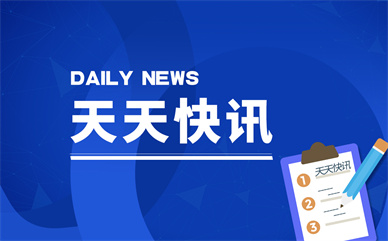
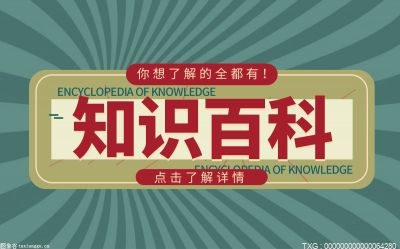
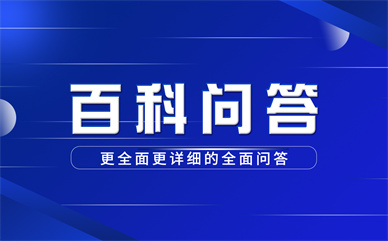
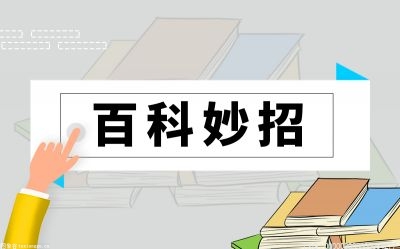
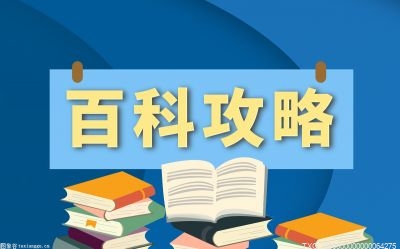

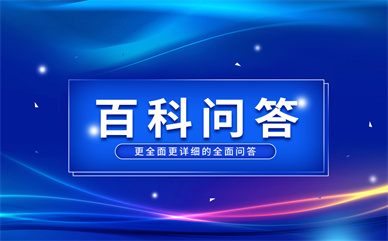


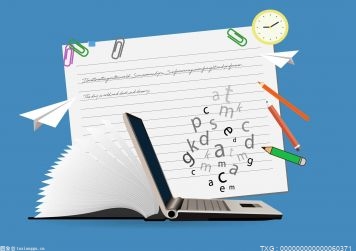








![每日快播:[Mod流程] 古代帝国 漫游者事件系列-杜斯贝加克帝国的遗产](http://adminimg.szweitang.cn/2022/0923/20220923095300418.jpg)



